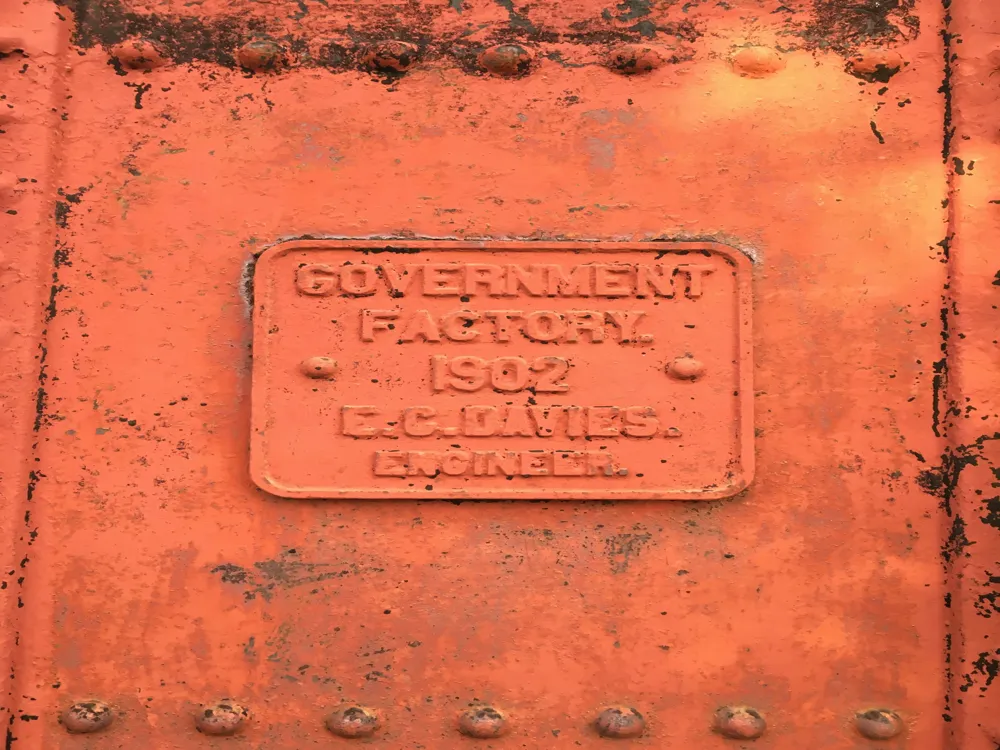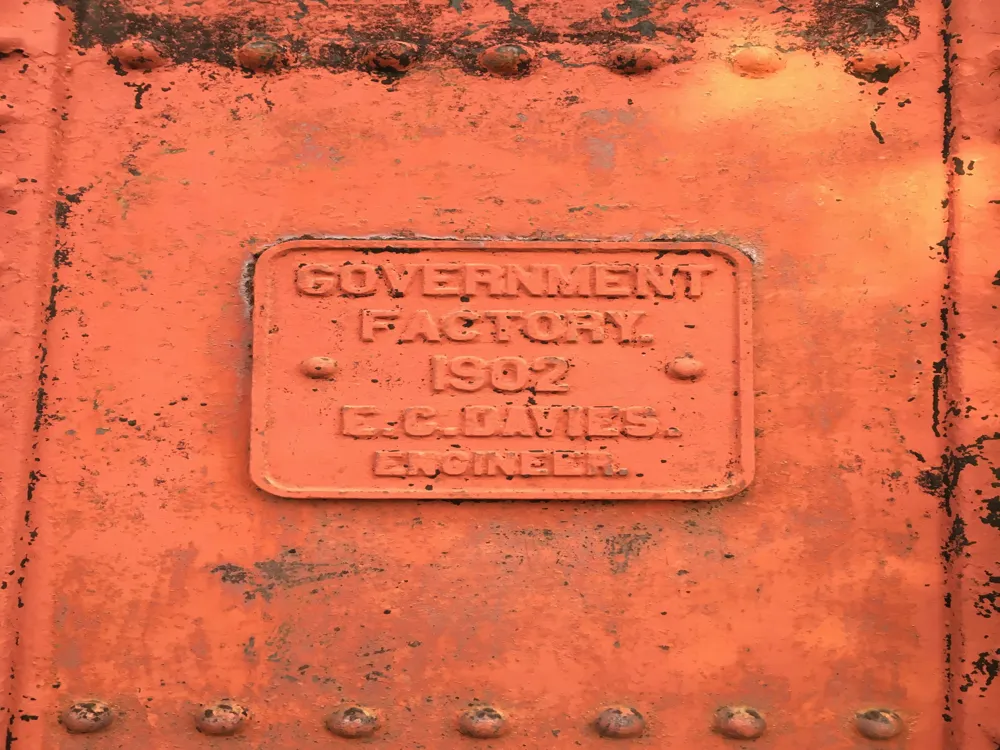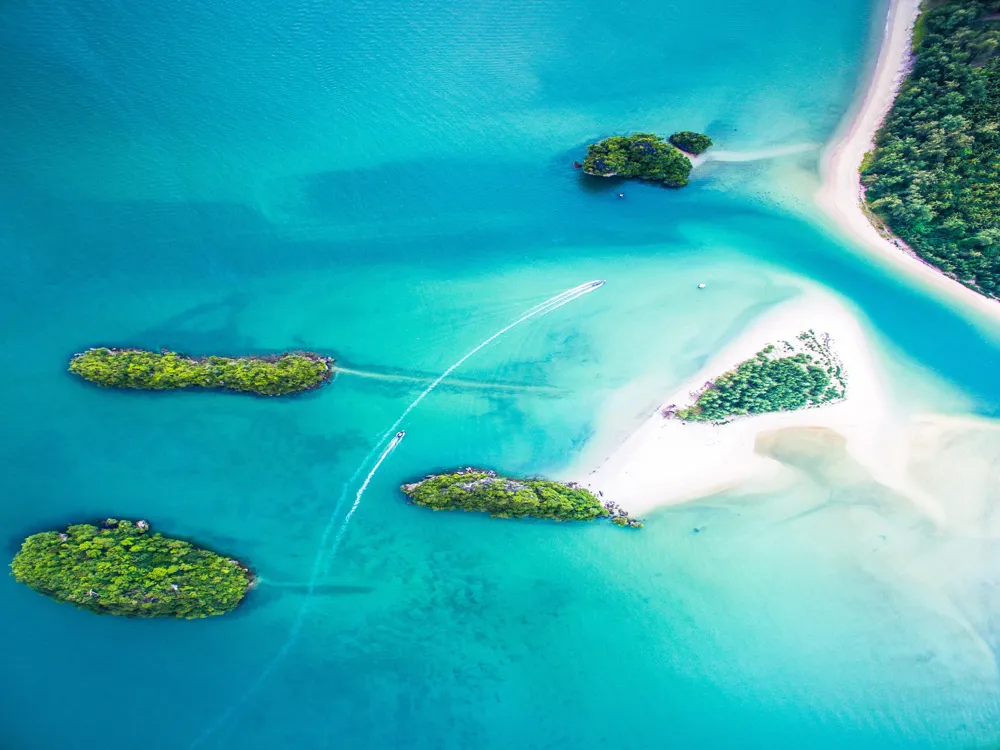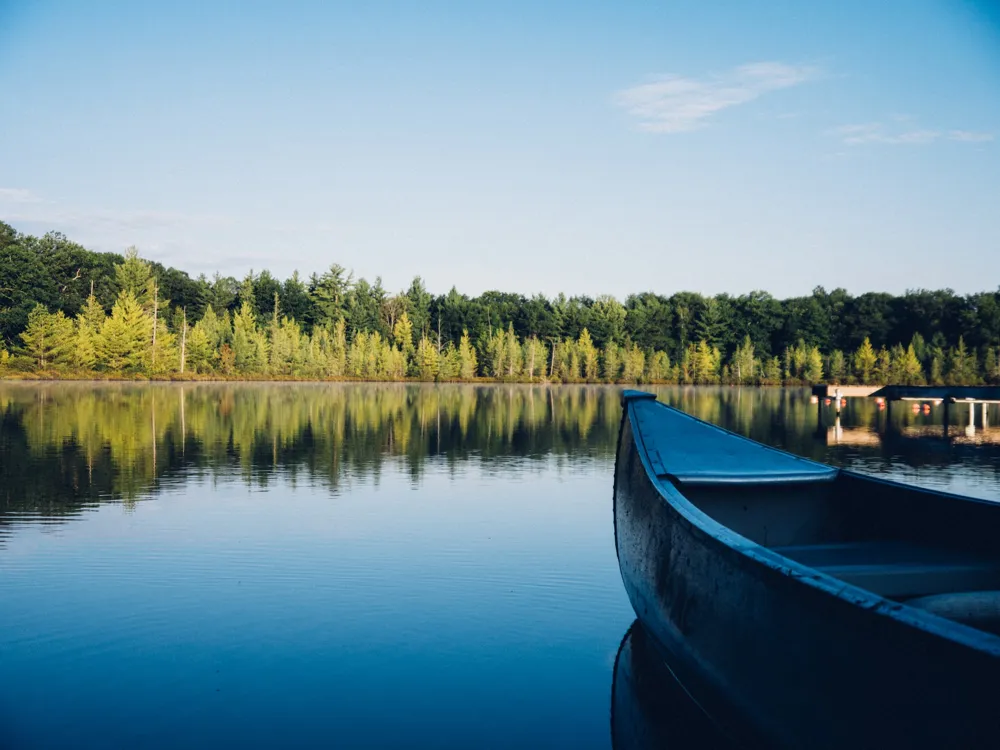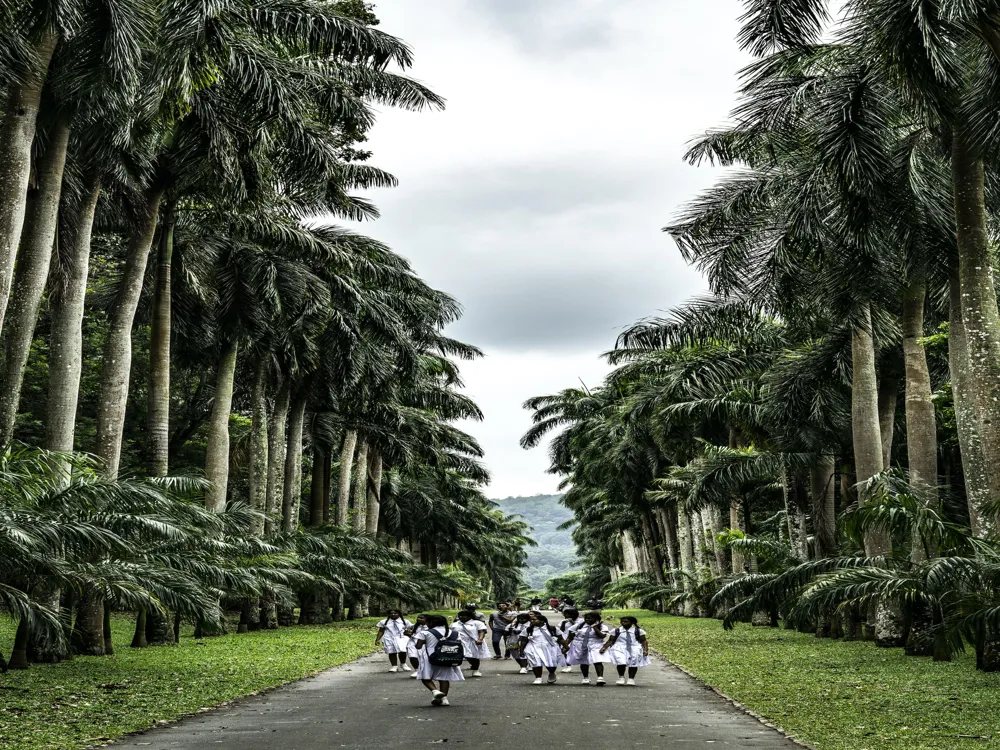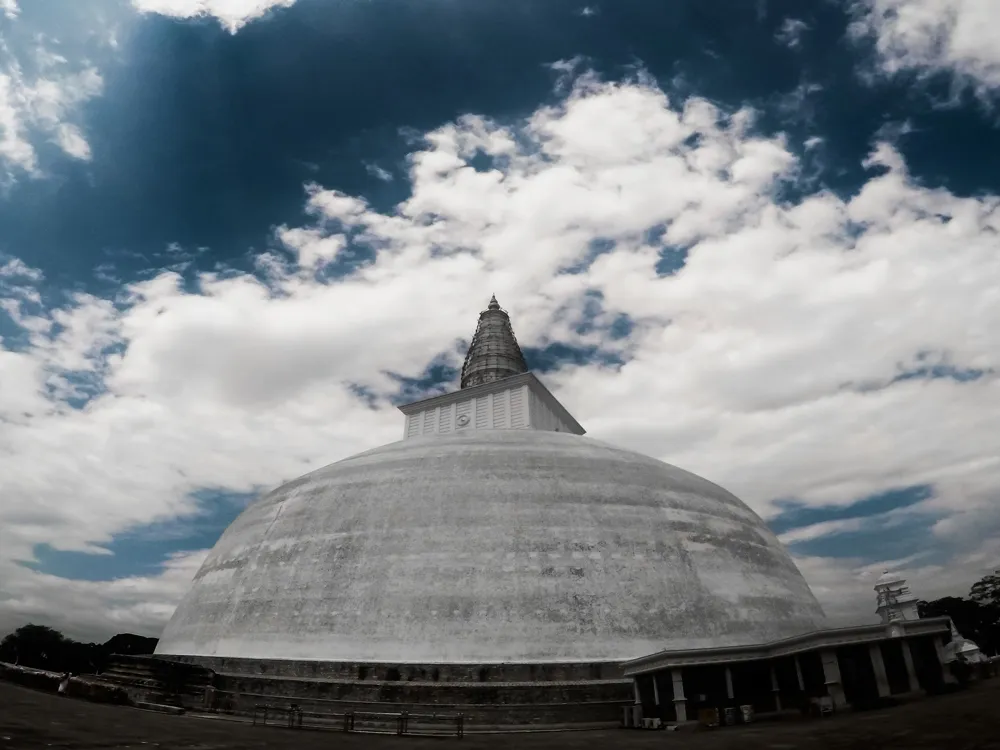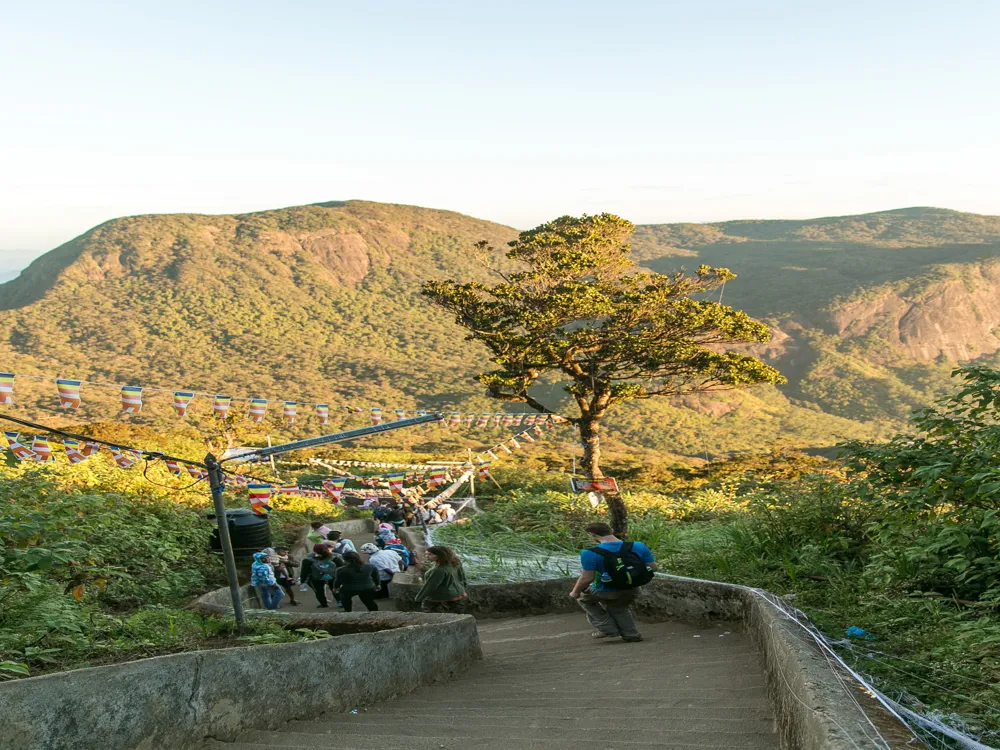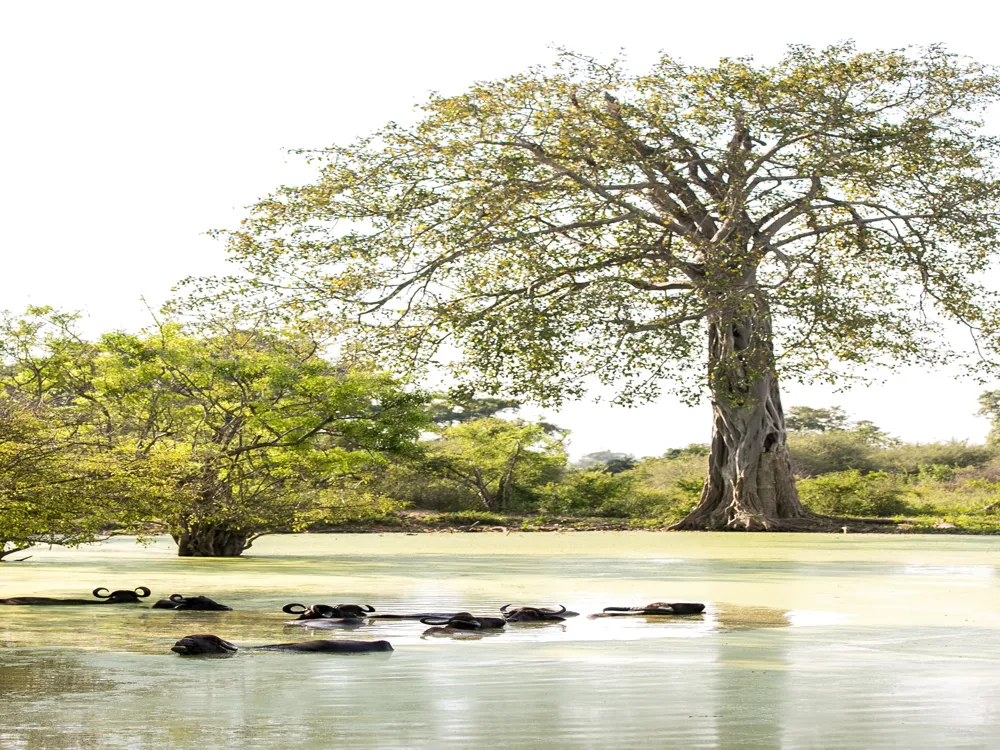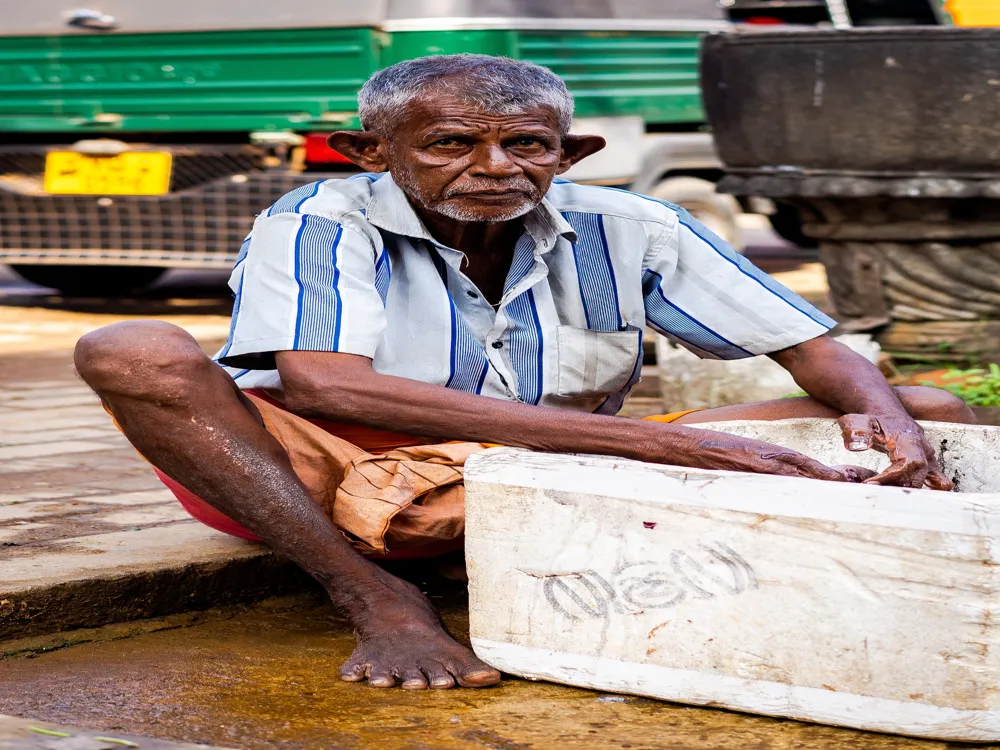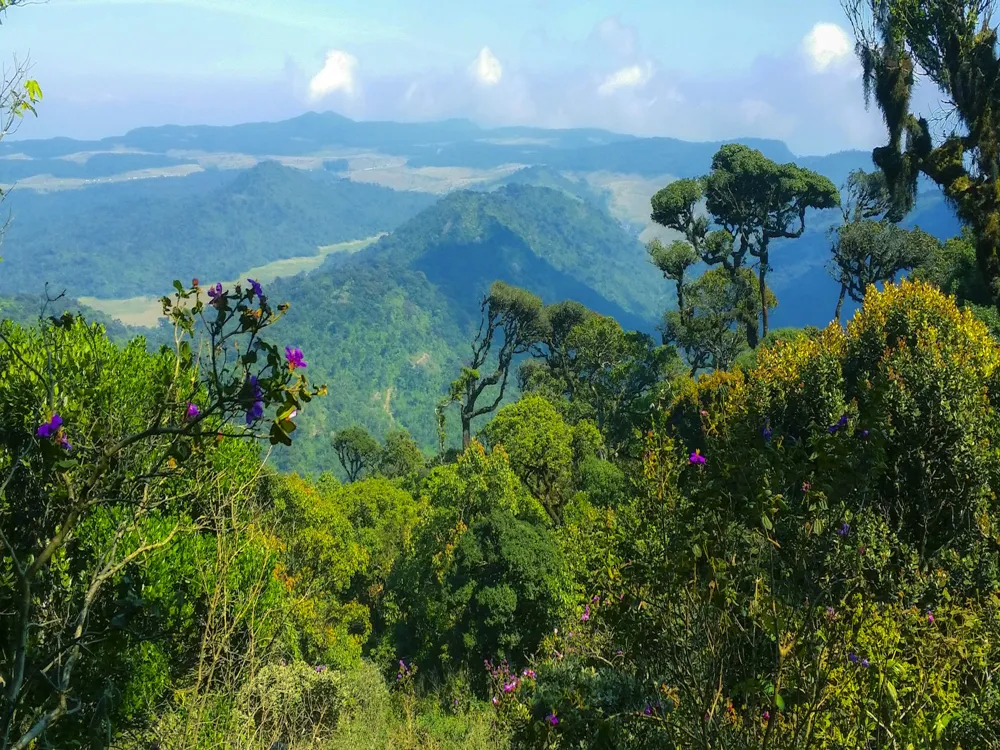The Kosgoda Sea Turtle Conservation Project, nestled in the serene coastal village of Kosgoda in Sri Lanka, is a beacon of hope for the conservation of sea turtles. This initiative focuses on safeguarding the future of various species of sea turtles that are often threatened by human activities and natural predators. The project's mission is to rescue, rehabilitate, and release injured or endangered turtles back into their natural habitat. It also places a significant emphasis on educating the public about the importance of preserving these magnificent creatures. Founded on the principles of wildlife conservation and community engagement, the project has successfully garnered international attention for its efforts in turtle conservation. It operates as a hatchery, a safe haven where turtle eggs are protected until they hatch, and the hatchlings are later released into the sea. This method significantly increases their chances of survival, as only a small fraction of hatchlings reach adulthood in the wild. The project also provides medical care for injured adult turtles and undertakes various research initiatives to better understand the needs and behaviors of these species. Visitors to the Kosgoda Sea Turtle Conservation Project are greeted with an opportunity to witness the nurturing process of these turtles. From observing the hatching of eggs to the exciting moment of releasing turtles into the ocean, the project offers a unique, hands-on experience that is both educational and emotionally rewarding. It's an exemplary model of how community-based conservation efforts can make a substantial difference in the preservation of endangered species. The architecture of the Kosgoda Sea Turtle Conservation Project is a harmonious blend of functionality and environmental sensitivity. The layout of the facility is designed to mimic the natural habitat of sea turtles as closely as possible, ensuring a stress-free environment for the animals. The hatchery, which is the heart of the project, features a series of carefully constructed sand pits where turtle eggs are incubated under close monitoring. These pits are designed to replicate the natural conditions of a turtle's nest, optimizing the chances of successful hatching. The facility also includes a series of saltwater tanks used for rehabilitating injured turtles. These tanks are equipped with state-of-the-art filtration systems to maintain optimal water quality, closely mirroring the natural ocean environment. The rehabilitation area is designed to provide the necessary care and attention to each turtle, with facilities for medical treatment and close observation. Additionally, the project's architecture reflects a strong commitment to sustainability. The use of eco-friendly materials and renewable energy sources minimizes the environmental impact of the facility. The layout is planned to utilize natural lighting and ventilation, reducing the dependence on artificial energy sources. This approach not only aids in conservation efforts but also serves as an educational tool for visitors, showcasing the importance of sustainable practices in wildlife conservation. Visitors are encouraged to be mindful of their surroundings and avoid disturbing the natural habitat of the turtles. This includes refraining from loud noises and keeping a safe distance from the turtles and their nests. Comfortable, non-restrictive clothing and sensible footwear are recommended for the visit. It's advisable to wear hats and sunscreen to protect against the tropical sun. While photography is allowed, flash photography is strictly prohibited as it can disorient and stress the turtles. Always maintain a respectful distance while taking photos. The project offers various educational programs for visitors. Participation in these programs is a great way to learn more about turtle conservation and the importance of preserving marine life. For those interested in a hands-on experience, the project offers volunteering opportunities. This can include activities like assisting in the hatchery or helping with beach clean-ups. Kosgoda Sea Turtle Conservation Project is accessible via multiple modes of transportation. For international visitors, the nearest airport is the Bandaranaike International Airport in Colombo. From there, one can opt for a taxi or a private car rental to reach Kosgoda, which is approximately a two-hour drive along the scenic coastal road. Alternatively, visitors can experience a picturesque journey by train. The coastal train route from Colombo to Galle offers breathtaking views of the Indian Ocean and stops at Kosgoda. Local buses also operate regularly between Colombo and Kosgoda, offering a budget-friendly travel option. For those staying in nearby tourist destinations like Bentota or Hikkaduwa, Kosgoda is just a short drive away. Tuk-tuks and local buses are readily available for this short journey, providing an authentic Sri Lankan travel experience. Read More:Overview of Kosgoda Sea Turtle Conservation Project in Bentota
Architecture of Kosgoda Sea Turtle Conservation Project
Tips When Visiting Kosgoda Sea Turtle Conservation Project
Respect the Habitat
Dress Appropriately
Photography Guidelines
Participate in Educational Programs
Volunteering Opportunities
How To Reach Kosgoda Sea Turtle Conservation Project
Kosgoda Sea Turtle Conservation Project
Bentota
₹ 9,750 onwards
View bentota Packages
Weather :
Tags : Wildlife
Time Required : 5:00 PM
Entry Fee : LKR 500
Planning a Trip? Ask Your Question
Bentota Travel Packages
View All Packages For Bentota
Top Hotel Collections for Bentota

Private Pool

Luxury Hotels

5-Star Hotels

Pet Friendly
Top Hotels Near Bentota
Other Top Ranking Places In Bentota
View All Places To Visit In bentota
View bentota Packages
Weather :
Tags : Wildlife
Time Required : 5:00 PM
Entry Fee : LKR 500
Planning a Trip? Ask Your Question
Bentota Travel Packages
View All Packages For Bentota
Top Hotel Collections for Bentota

Private Pool

Luxury Hotels

5-Star Hotels

Pet Friendly








